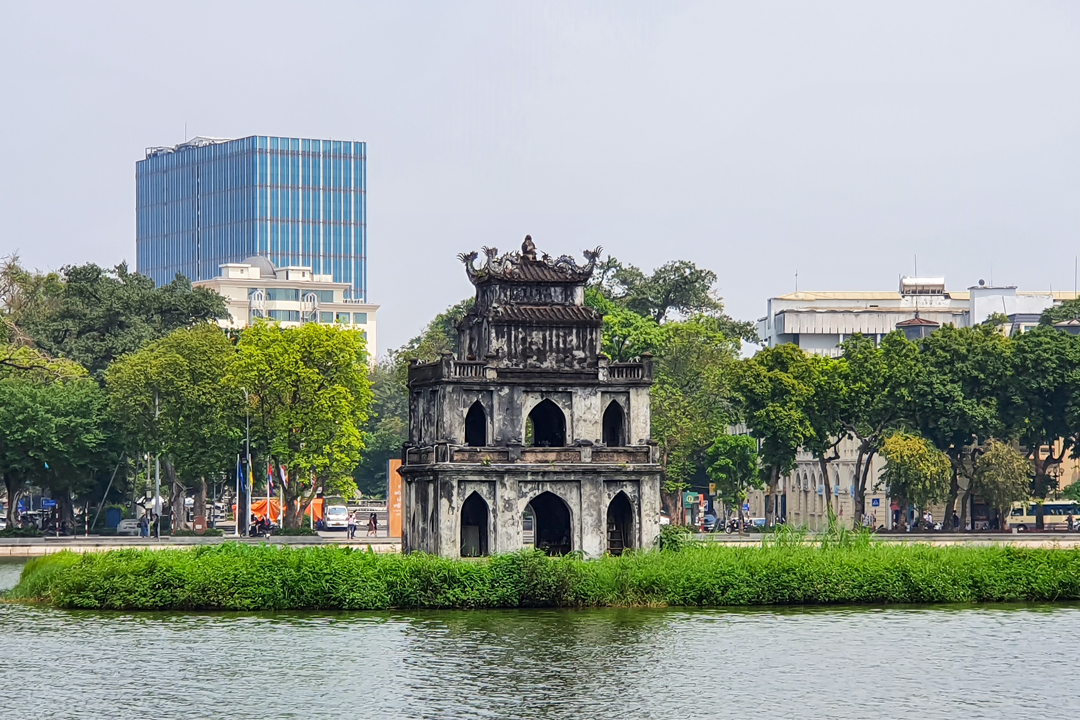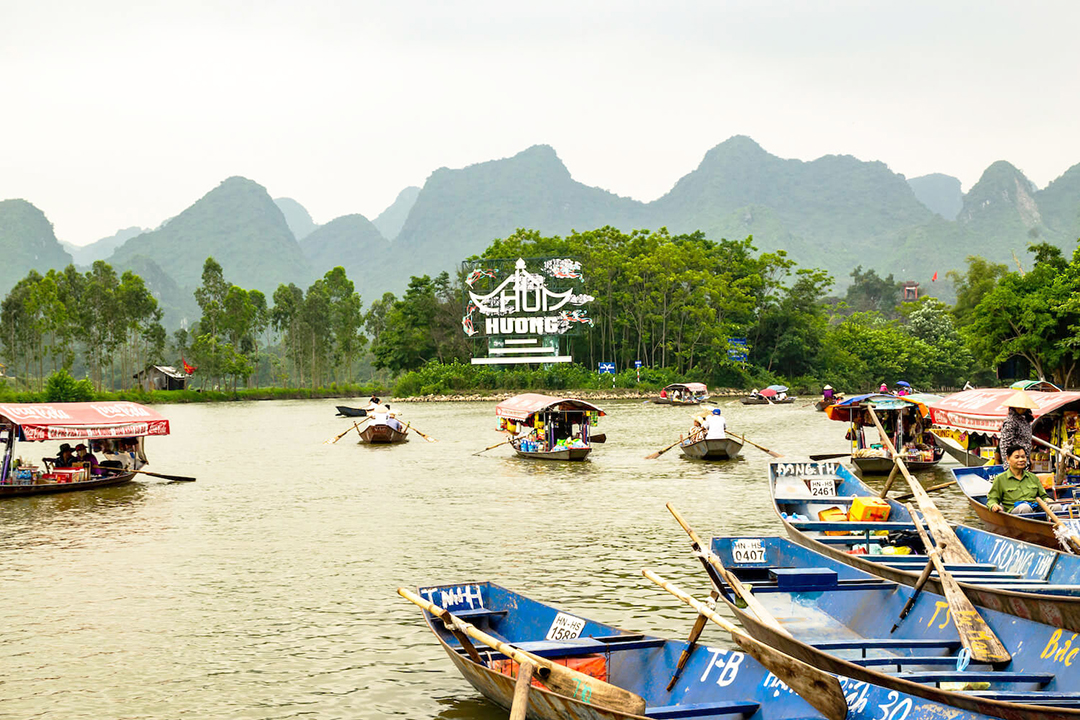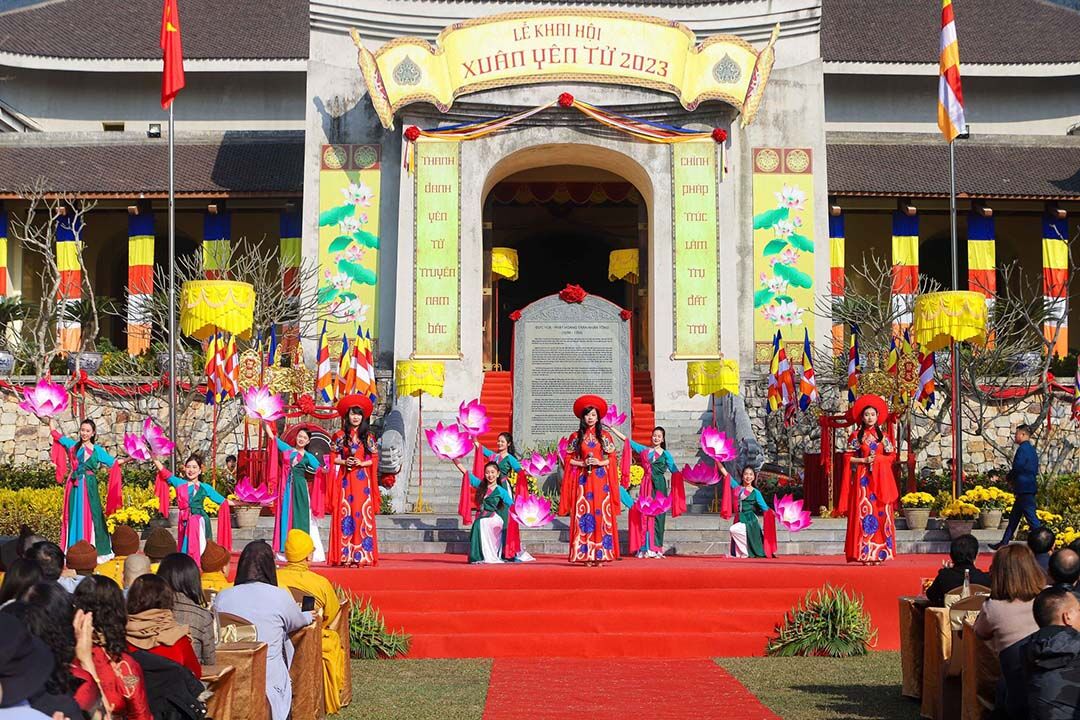Vietnamese Reunification Day, celebrated on April 30th each year, holds profound significance in Vietnam's history and culture. It marks the end of a tumultuous era, symbolizing the unity and strength that emerged from years of struggle and division.
Overview of Vietnamese Reunification Day
Vietnamese Reunification Day is marked as a public holiday on April 30 every year. If April 30 falls on a weekend, Vietnam will observe the holiday on the next weekday.
Historical Context
Vietnamese Reunification Day commemorates the moment when the city of Saigon fell in 1975, marking the end of the Vietnam War and the reunification of North and South Vietnam. The division between North and South Vietnam had its origins in the complex aftermath of colonial rule and foreign intervention. The Geneva Accords of 1954 temporarily divided the nation at the 17th parallel, setting the stage for a series of events that would ultimately culminate in reunification. Vietnamese people's unwavering determination and sacrifices paved the way for reunification, which brought an end to a tumultuous era and ushered in a new chapter of unity and hope for the nation.
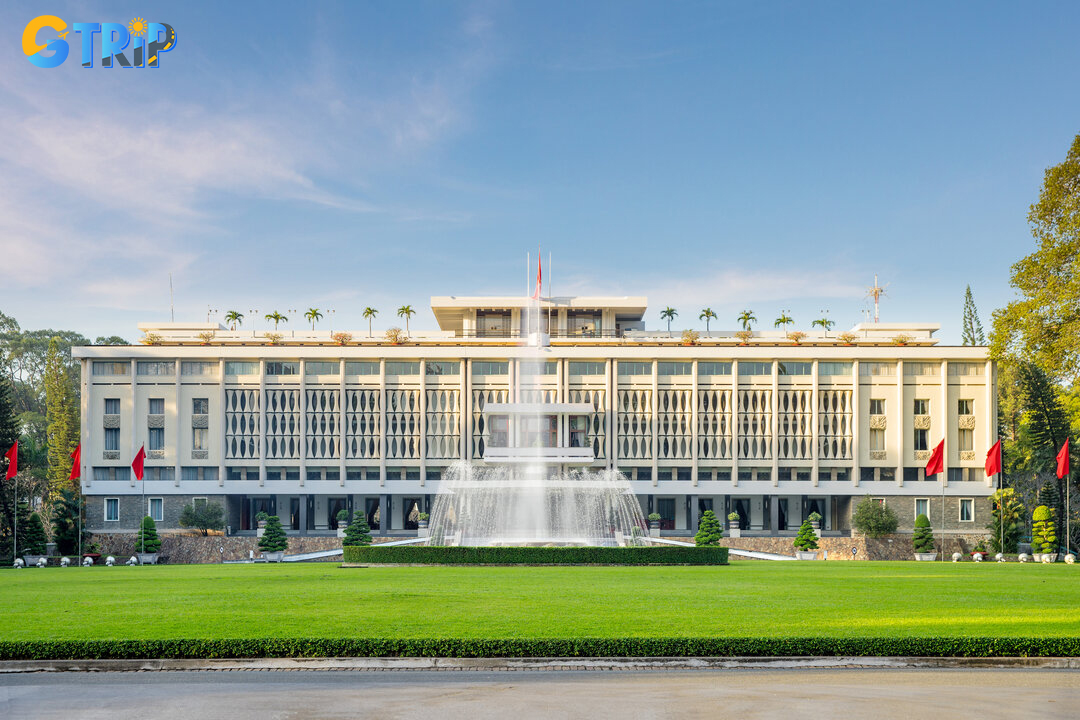
Independence Palace - the place marking the victory of Vietnamese reunification
The meaning of the day
Beyond its historical context, Vietnamese Reunification Day serves as a powerful reminder of the unwavering spirit of the Vietnamese people who, despite enduring years of conflict and hardship, demonstrated remarkable resilience and unity in their pursuit of a united and sovereign nation. This momentous occasion not only symbolizes the end of an era marked by division and struggle but also celebrates the birth of a united Vietnam, where the values of unity, determination, and national pride continue to resonate, inspiring generations to come.
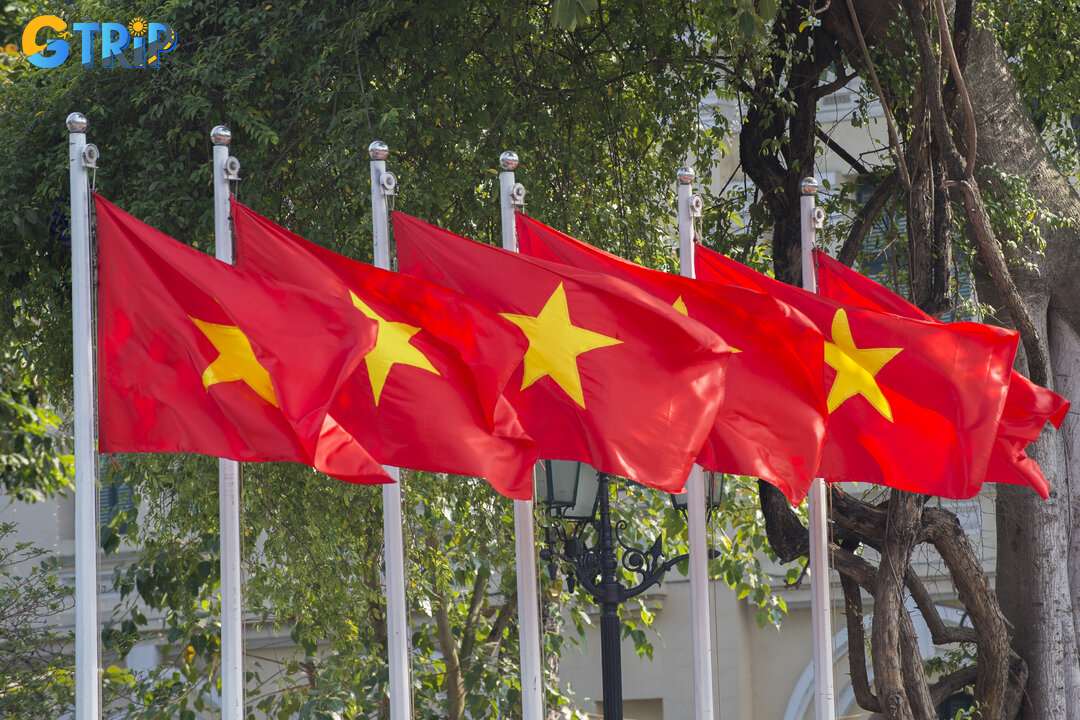
This day symbolizes the success of many years of struggle for independence
How do Vietnamese people commemorate Reunification Day?
Vietnamese people commemorate Reunification Day with a mixture of solemnity, pride, and celebratory fervor. Here's a glimpse into how people celebrate Vietnamese Reunification Day:
- Flag and symbol displays: Throughout the country, the national flag of Vietnam proudly adorns public spaces, government buildings, and homes. The iconic red flag with a yellow star at its center symbolizes the unity and strength of the nation.
- Ceremonial events: Official ceremonies are held in various cities, with dignitaries and government officials paying respects to the fallen soldiers and those who contributed to the country's reunification.
- Cultural festivals: These festivals feature a blend of traditional and modern performances, including dance, music, theater, and storytelling, all of which underscore the unity and diversity of Vietnam's cultural heritage.
- Firework displays: Spectacular firework displays light up the night sky in major cities across the country.

Many activities are held to demonstrate the Vietnamese people's pride and patriotism
Vietnamese Reunification Day is a watershed moment in Vietnamese history and culture. Several activities and lively festivals will be held to commemorate this momentous occasion. It is ideal if you travel to Vietnam at this time to take part in the thrilling events.

